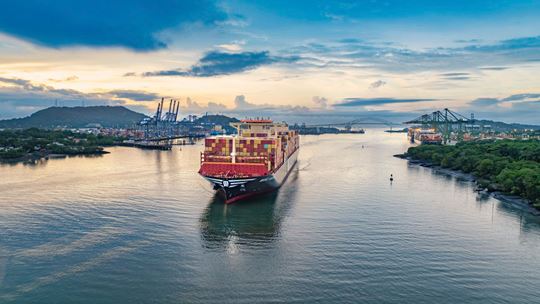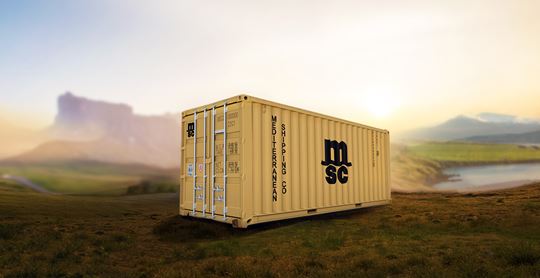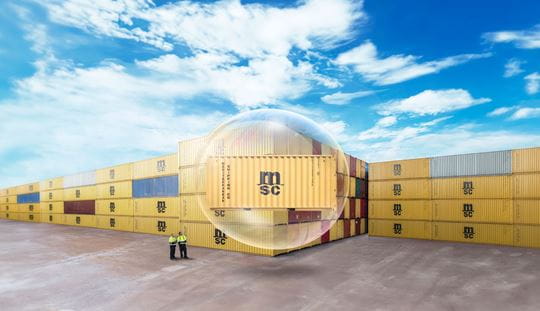A Full Portfolio of Shipping
and Logistics Solutions
We share your commitment to transporting cargo safely, efficiently and sustainably around the world. As a global leader in container shipping, we transport all types of goods all over the world, meeting critical deadlines for cargo across diverse industries, operating more than 900 vessels on 300 routes.
Standard and high cube steel dry cargo containers are available to suit your shipping needs. Alternatively, for frozen and chilled goods, our advanced reefer containers utilize the latest technology to preserve freshness throughout transportation.
We also have custom solutions and expert support to meet the specific needs of your goods along with a full catalogue of versatile shipping and logistics solutions for all type of cargo.
Shipping Solutions
We ship over sea, land and air. Ensuring we meet every shipping requirement of our customers, our simple, effective, people-focused approach is at the heart of everything we do. By building long-term partnerships, and taking the time to understand your unique requirements, we apply our industry expertise to deliver truly tailor-made sea shipping solutions and logistics services.
Inland Transportation & Logistics Solutions
We continue to invest in intermodal infrastructure, ensuring your smooth supply chain using our efficient inland logistics solutions. Our local experts are always updated of the best road, rail and river routes, so that we can develop tailor-made intermodal shipping services that maximize local infrastructure and meet your supply chain requirements.
We are growing our road, rail and barge network to offer you a more flexible, efficient and sustainable way of moving cargo inland.
Digital Business Solutions
Digitalization is transforming shipping, making every step more efficient, secure and sustainable. To give you seamless control, we offer online tools and technologies that make it easier to book, manage and track your shipments in real time, including API and EDI integrations, electronic Bills of Lading (eBL), and smart containers for dry cargo and iReefer.
As a founding member of the Digital Container Shipping Association, we proudly lead the drive to standardizing data and processes across the logistics and shipping industry, laying the groundwork for true for collaboration and interoperability.
Cargo Cover Solutions
Shipping cargo by sea or land involves inherent risks, and you need a comprehensive protection should the unexpected occur. With that in mind we have developed our Cargo Cover solutions to cover all your needs and streamline the entire shipping process.
Dedicated Shipping and Logistics Solutions for your Every Need
We are continually expanding our portfolio of shipping and logistics solutions to meet your evolving needs. Whether you're managing complex supply chains or looking for tailored services by industry, we are here to provide you with flexible, reliable, and innovative shipping solutions, designed to support your business at every step.







.jpg?w=538&rev=3bbf8f0b5bd142bd8864acb85e9f70ec&hash=71DA7F46019941C25436C2A0BD6245DF)

